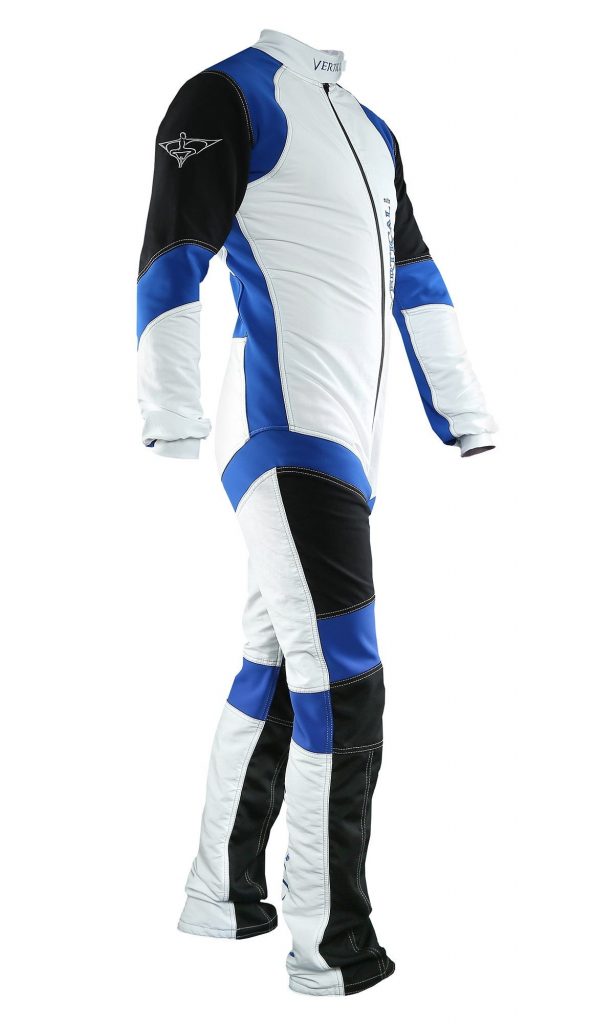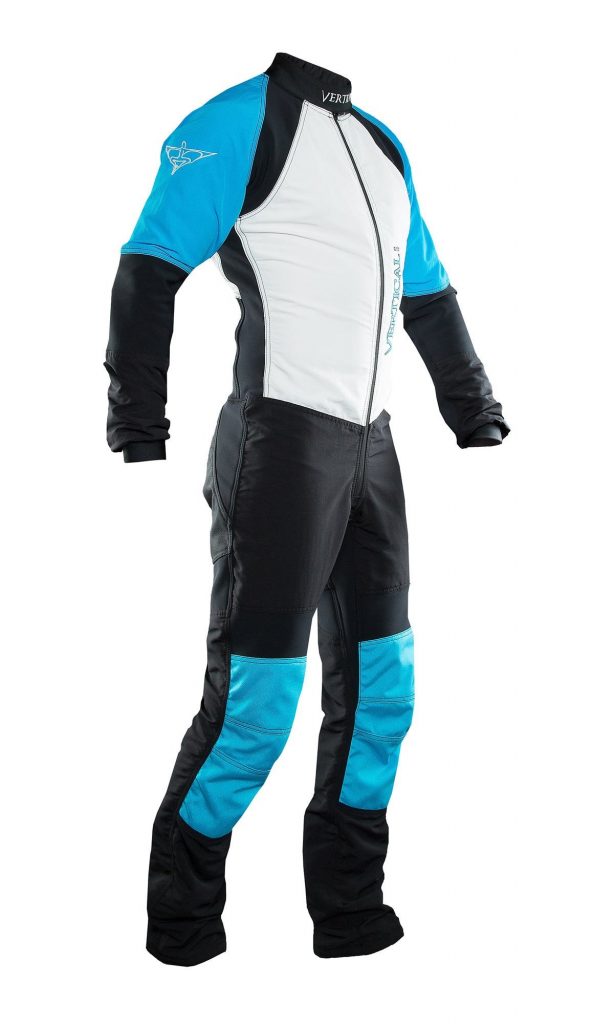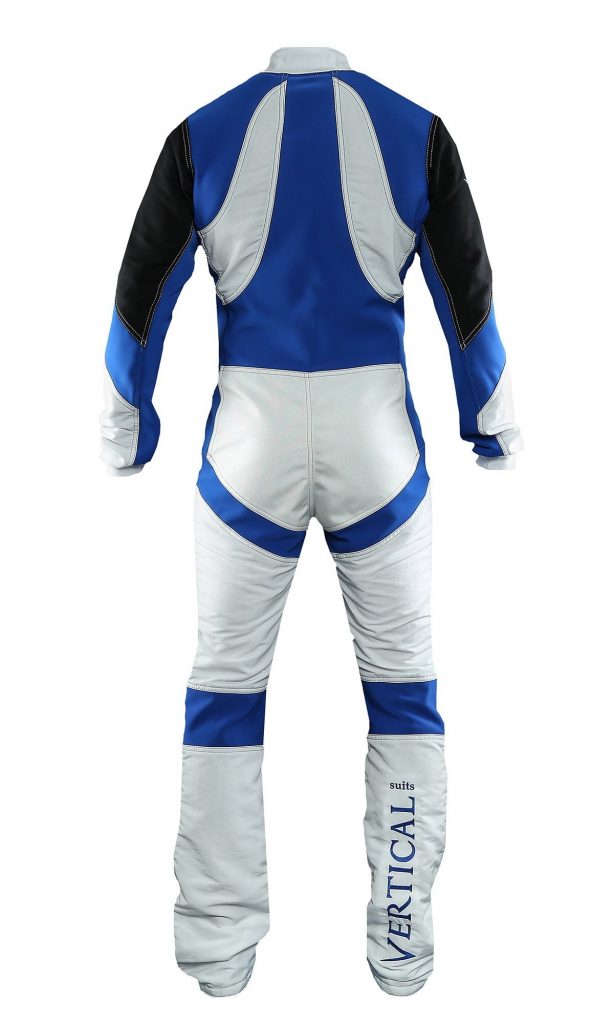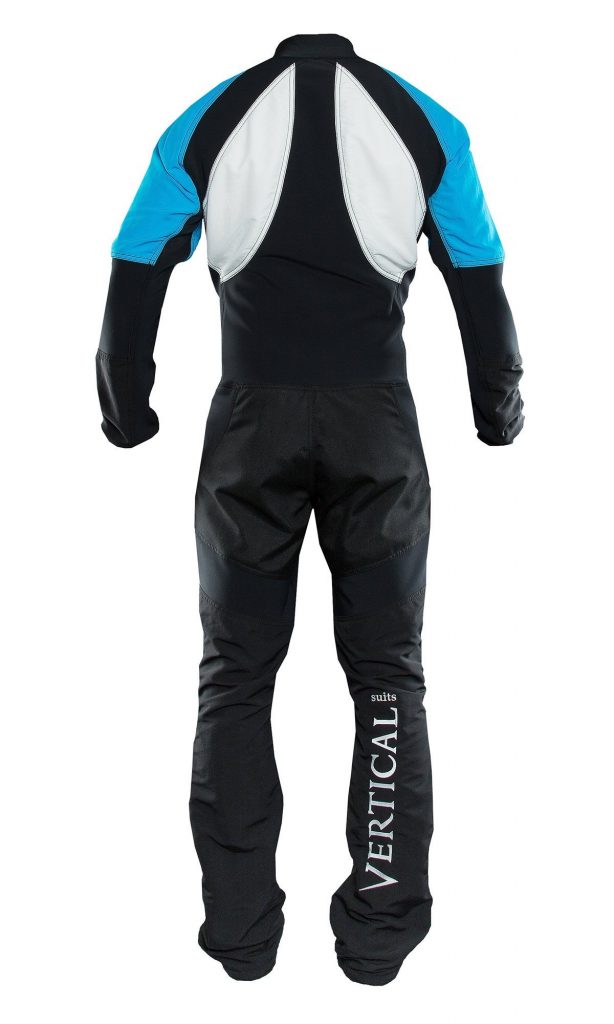Some of the questions we get asked the most are about the differences between two of our most popular suits – the Viper and the Raptor. Let’s have a look at some of those differences to help you know which one is the best for you…
Range:
Over time we have added more and more designs to our range of suits. This is not to bamboozle people with loads of choices, but each new model represents a slightly different balance of patterns and materials to optimise it for a specific use. Once you combine this with the available options – the suit that you ultimately get can be very precisely tailored to your exact needs.
The Short Version:
Both the Viper and the Raptor are high-end technical freefly suits, built to offer as many strengths and as few compromises as possible. The Viper leans a little more towards movement, and the Raptor a little more towards positional flying. By movement we mean tracking and tracing, and ‘positional’ is a handy term for the building blocks of static flight: head up and head down.
The Viper: It is all movement, right? Indeed – but what we mean here is that the Viper model has been optimised a bit more in the direction of technical bodyflight – flying lines.
Fit – In line with the way suits have got tighter over time, the Viper is a more form fitting suit. Flying a tight suit is a more challenging way to learn, but is more rewarding when it comes to the sensation of flying and your overall ability to fly all of your body.
Design – The Viper is a suit for both the tunnel and the sky. It has spandex in the places where your harness straps go and up the back for comfort under your container. The important difference is that there are extra spandex hip flexors – which is a design feature that considers both the tighter fit and the style of flying.
The Raptor: The traditional Freefly positions are not only important early on, but extend all the way to elite level. The Raptor has this in mind and has been optimised a bit more toward the needs of those that turn points and build formations.
Fit – The Raptor has a more relaxed fit, optimizing it a little closer to the needs of flyers looking to fly in more static positions – where lift and drag in the right places is important.
Design – The slightly looser fit of the Raptor means it does not apply quite so much spandex – thereby retaining the extra little bit of power by keeping the main material. Also, as this design trends a touch more towards the sky environment – the Cordura seat reinforcement is a bit larger for all that moving around in the plane.
Choices: The specificity of these two designs gains more importance the further down the rabbit hole you go. They both serve well for all kinds of skydiving and tunnel flying. However, the deeper into a particular style of flying you get, the greater impact the optimisation has. Our competition Freefly teams wear the Viper – benefiting from the fit and flexibility to aid in their artistic skydiving routines. The Raptor is the choice of our hardcore VFS teams, as their gig is all about prioritising the points – and power and range is what helps them the most.
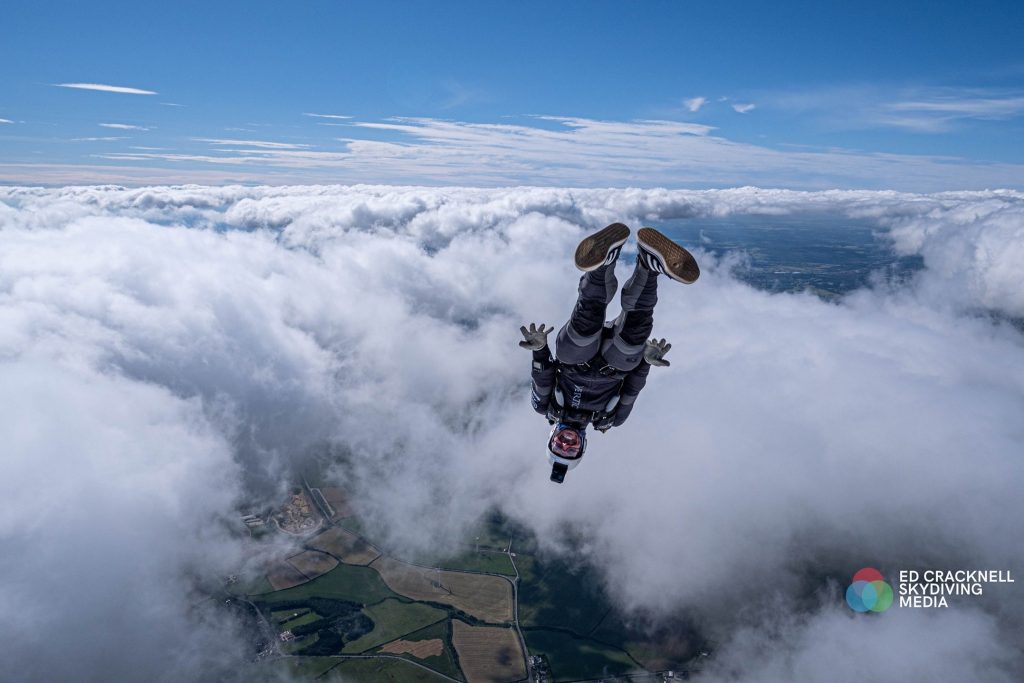
What About Me?
In really general terms the decision is a stylistic one while you are figuring out how you like to fly. Choose the one you like the look of. For a bit more perspective try this:
If you use the tunnel as a training tool to advance your skydiving skills, and are interested in pushing your ‘traditional’ positions such as static head-up and head-down – the Raptor is probably your best choice. If you fly in the tunnel because you like it on its own terms, and are intent on learning the indoor styles and lines – the Viper is the tool for you.

